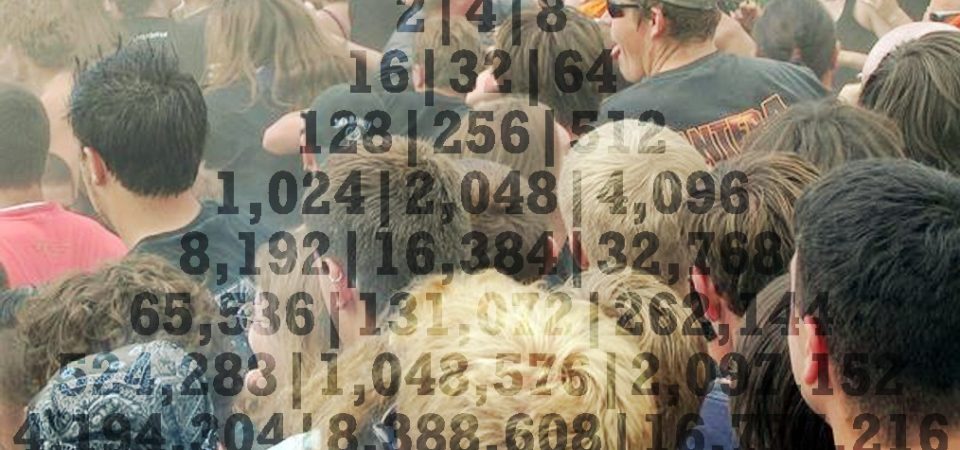Item Link: Access the Resource
Date of Publication: December 9
Year of Publication: 2020
Publication City: London, UK
Author(s): William E. Rees
Journal: The Journal of Population and Sustainability
Volume: 5
Pages: 3-18
At the time of writing, the CoViD-19 pandemic was in its second wave with infections doubling every several days to two weeks in many parts of the world. Such geometric (or exponential) expansion is the hallmark of unconstrained population growth in all species ranging from sub-microscopic viral particles through bacteria to whales and humans; this suggests a kind of ‘fractal geometry’ in bio-reproductive patterns. In nature, population outbreaks are invariably reversed by the onset of both endogenous and exogenous negative feedback—reduced fecundity, resource shortages, spatial competition, disease, etc., serve to restore the reference population to below carrying capacity, sometimes by dramatic collapse. H. sapiens is no exception — our species is nearing the peak of a fossil-fueled ~200 year plague-like population outbreak that is beginning to trigger serious manifestations of negative feedback, including climate change and CoViD-19 itself. The human population will decline dramatically; theoretically, we can choose between a chaotic collapse imposed by nature or international cooperation to plan a managed, equitable contraction of the human enterprise.
Read or download the full paper here.
The views and opinions expressed through the MAHB Website are those of the contributing authors and do not necessarily reflect an official position of the MAHB. The MAHB aims to share a range of perspectives and welcomes the discussions that they prompt.
